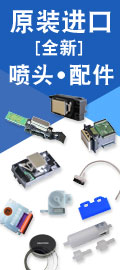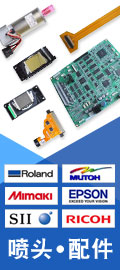Light-emitting diodes (leds) used for illumination are solid-state devices that produce light by passing electric current across layers of semiconductor chips that are housed in a reflector, which in turn is encased in an epoxy lens. The semiconductor material determines the wavelength and subsequent color of the light. The lens converts the led into a multidirectional or unidirectional light source based on specification.
Traditionally used since the 1970s for indicators and numeric displays, colored LED technology has recently made inroads into a range of mainstream applications such as exit signs, traffic lights, task lights, accent lights, wall washing, signage, decorative lighting, display lighting, cove lights and other tight spaces, wall sconces, outdoor lighting, automobile lights, downlighting and custom lighting.
LEDs offer a number of benefits vs. traditional light sources, including small size, which increases flexibility with fixture designs and ability to light tight spaces; greater reliability, with no filaments or moving parts; greater energy efficiency, with 70 percent less energy being consumed; safer and environmentally friendly operation, with less waste and no mercury; color-changing; and increased quality, color and strength of light.
“LEDs are already an important technology because of their advantages -- life, controllability, both spatial and temporal, and the ability to create rugged, unique fixtures,” says Dr. Nadarajah Narendran, Director of Research, Lighting Research Center, Rensselaer Polytechnic Institute. Researchers like Dr. Narendran have been studying LEDs and promoting their technological development for years.
“While they still have limitations compared with the traditional light sources that everyone is used to seeing, LEDs are the latest rage in the illumination world because of their tremendous flexibility and potential for innovative solutions,” says Dr. Makarand “Chips” Chipalkatti, director of OSRAM North American LED Lamp Modules.
Colored LEDs currently dominate the exit sign market, are making inroads into the traffic signal market (with current penetration estimated at 15-20%), show significant promise for automobile lighting, and are being sold in a variety of consumer products such as flashlights and light wands. In commercial applications, colored LEDs, which can be combined in custom arrays, can also be controlled to produce dynamic color-changing effects for contour lighting, wall washing, accent lighting, signage, advertising, display, public space and “architainment” applications.
“With LEDs, colors can be dynamically controlled,” says Narendran. “For example, a dawn to dusk scene can be created in an office space, if needed. Similar scenes can be created for night shift workers. Quantus Airlines already has such a system in some of their aircraft.”
The first white light LED was developed in the mid 1990s, a blue indium gallium nitride (InGaN) LED with a phosphor that converts some of the light output into yellow, producing a cool, bluish-white light with a color temperature ranging from 4000K to 11000K. White light can also be produced by combining red, blue and green LEDs in an array, or using an LED that produces UV light that is converted into white light by an RGB phosphor, similar to a fluorescent lamp. Suitable applications include cove lighting, display lighting and undershelf lighting. To address the demands of illumination applications, LEDs hav






